Instruments
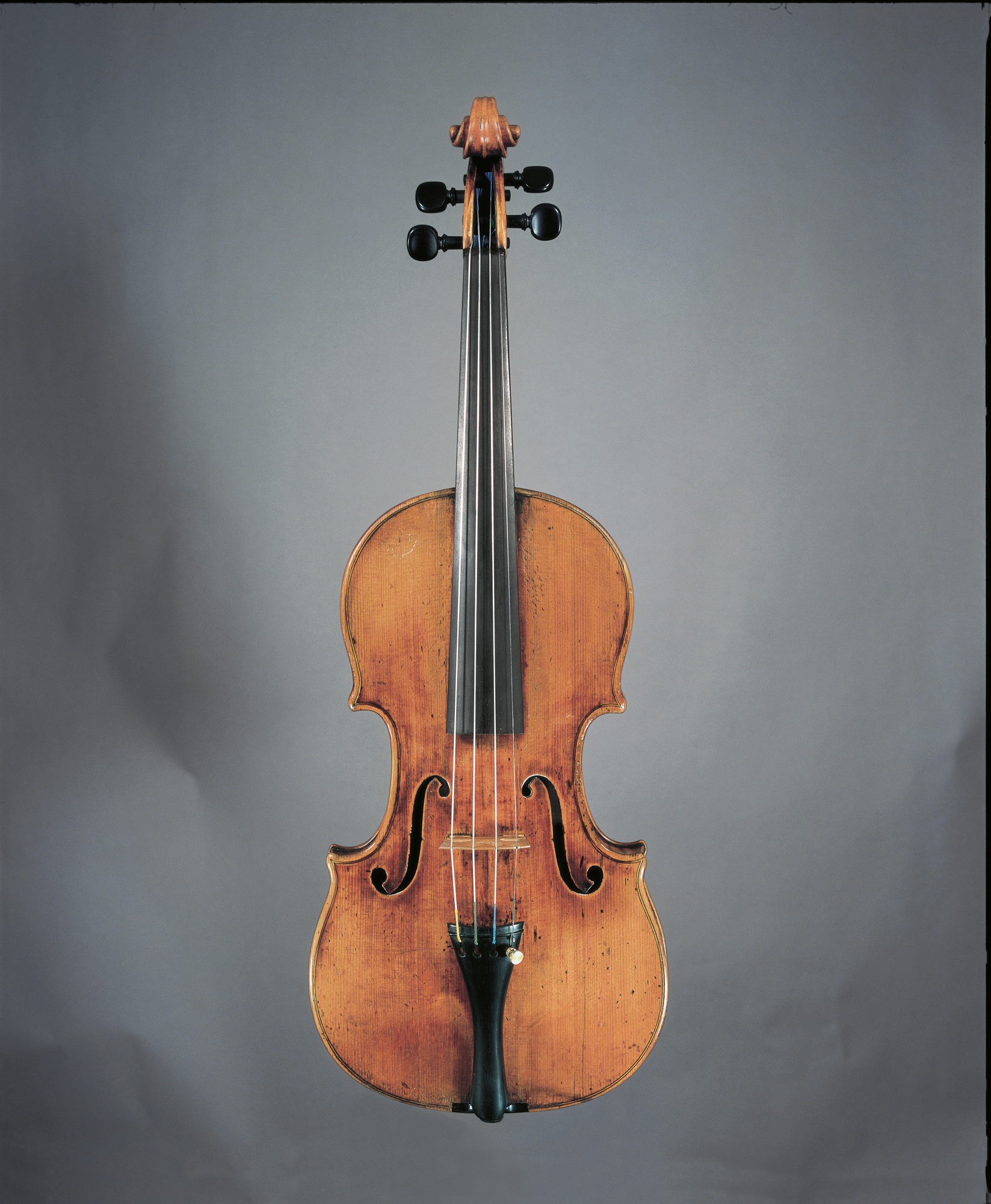
AUREA
Violin 1715
As the name «Aurea» already suggests, this violin hails from Stradivari's Golden Period. In its overall proportions it reflects a highlight in the work of this great master. It is particularly praised for its playability and unparalleled sonority. The history of the «Aurea» is traceable from the middle of the 19th century when it belonged to the violinist Professor Bartels, who had it converted to a right-handed instrument after a finger injury. It changed hands in all probability in 1909. In the same year the «Aurea» was restored and since then it has been a left-handed instrument again. Its fine «golden» tone is still evident today.
This instrument is currently played by --> Veronika Eberle.
KING GEORGE
Violin 1710
The «King George», dated 1710, is named after King George III, from whose possession it is said to have come to Germany to Bernhard Molique (1802-1869), a Spohr student. It is a known fact that a violin maker and expert in Berlin was responsible for the upkeep of the instrument. The German-American dealer Emil Hermann sold the violin to Osaka in around 1920. The «King George» was therefore in all likelihood the first Japanese-owned Stradivarius. The most famous violinist, conductor and composer in Japan at that time, Koichi Kishi, received the instrument as a present from his mother, also a violinist. The «King Geroge» has been in the Stradivari Foundation Habisreutinger since 1983. Its purchase came from a sale of the «Jule Falk», a Stradivarius owned today by Viktoria Mullova.
This instrument is currently played by --> Yukiko Ishibashi.

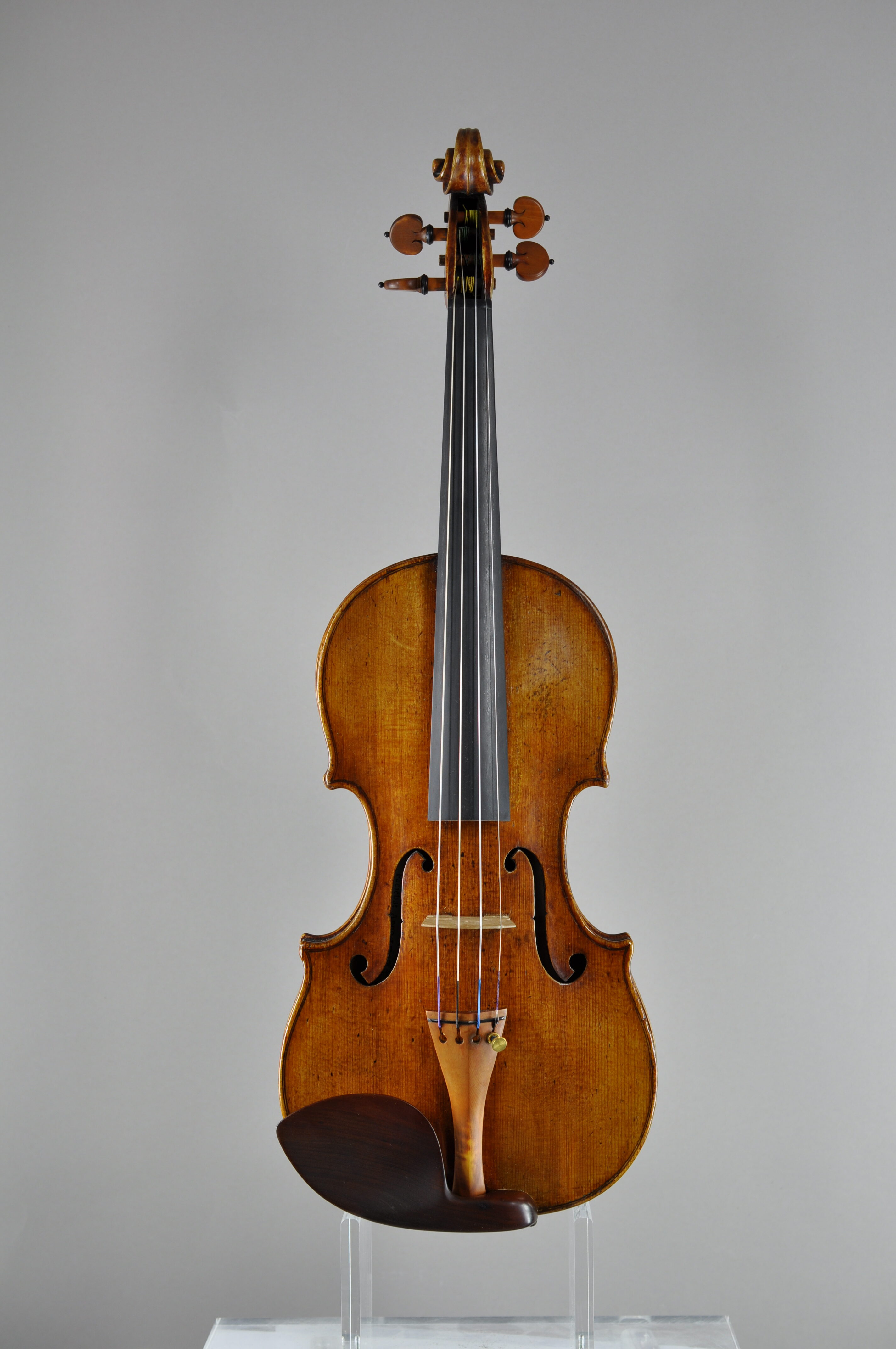
Omobono Stradivari
Violin 1707
Omobono Stradivari (1679-1742) was one of the six children of Antonio Stradivari and his wife Francesca Feraboschi. Omobono and his older brother Francesco were involved in violin-making. As a 20-year-old Omobono first started working in his father's workshop and he was considered to be his father's more important successor. The close collaboration with his father is quite obvious, and is characterized in this instrument, produced in 1707. Dendrochronological inverstigations prove that the top wood corresponds to three violins from Antonio Stradivari originating in the Golden Period. The «Omobono Stradivarius» was an exceptional instrument in Geraldo Modern's famous collection. His nephew, the violinist Nicolas Koechert, played this violin for many years.
The instrument came into ownership of the Stradivari Foundation Habisreutingerin 2018.
This instrument is currently played by --> Ilva Eigus.
GIBSON
Viola 1734
Stradivari's life-long experience is reflected in this last contralto viola, completed in 1734 when he was already 90 years old. The perfection and the tone of this instrument are astonishing. Both are signs of his creativity, even at a high old age. This viola is named after the Englishman Alfred Gibson (1849-1924), Professor of violin at the Royal College of Music and Professor of viola at the Guildhall School of Music. He had good contacts with many great musicians of the era, such as Joseph Joachim and Bronislav Hubermann. Both violas, the «Gustav Mahler» and the «Gibson», constitute the brilliant cornerstones of the Stradivari Foundation Habisreutinger.
This instrument is currently played by --> Marie Chilemme.
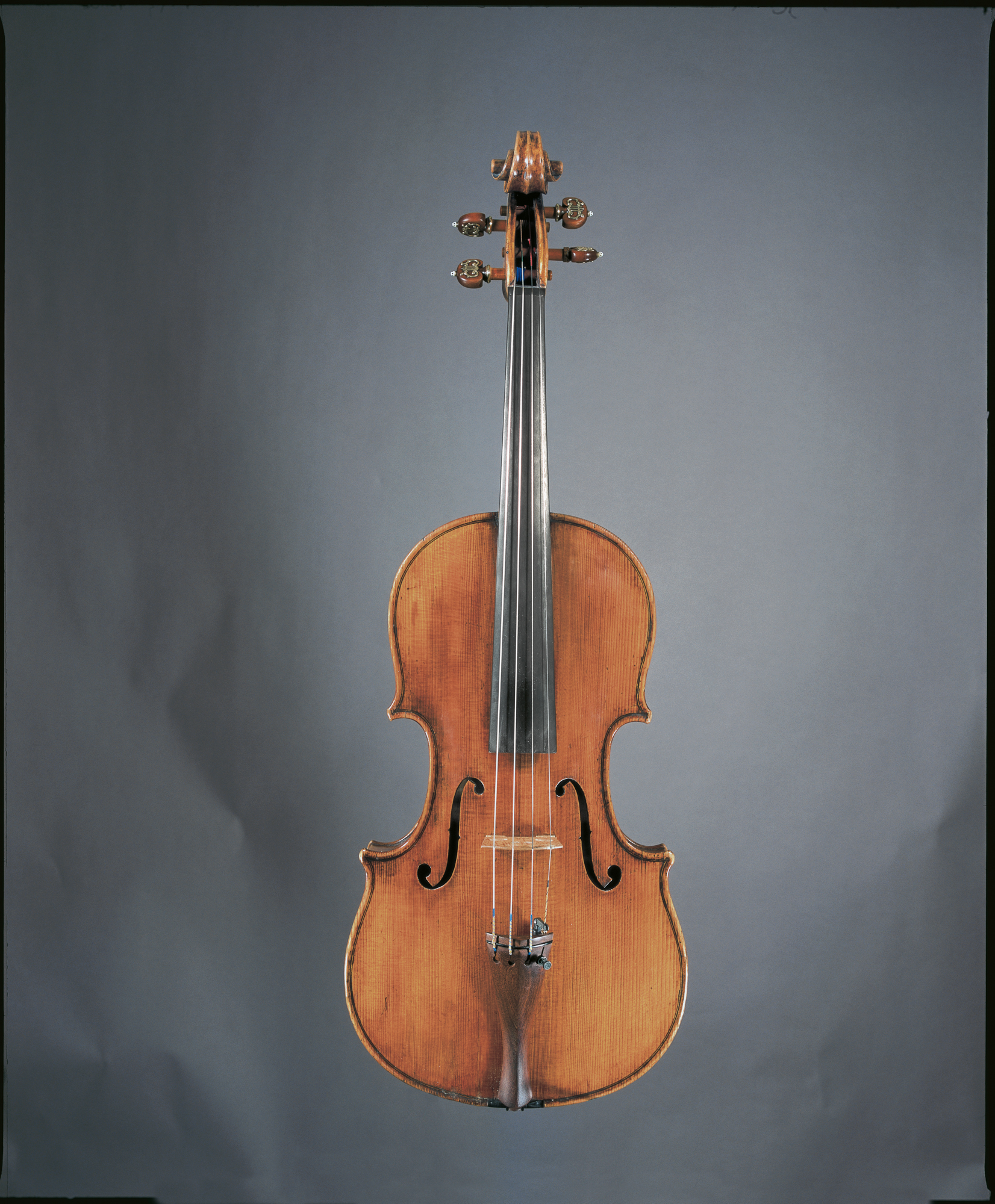
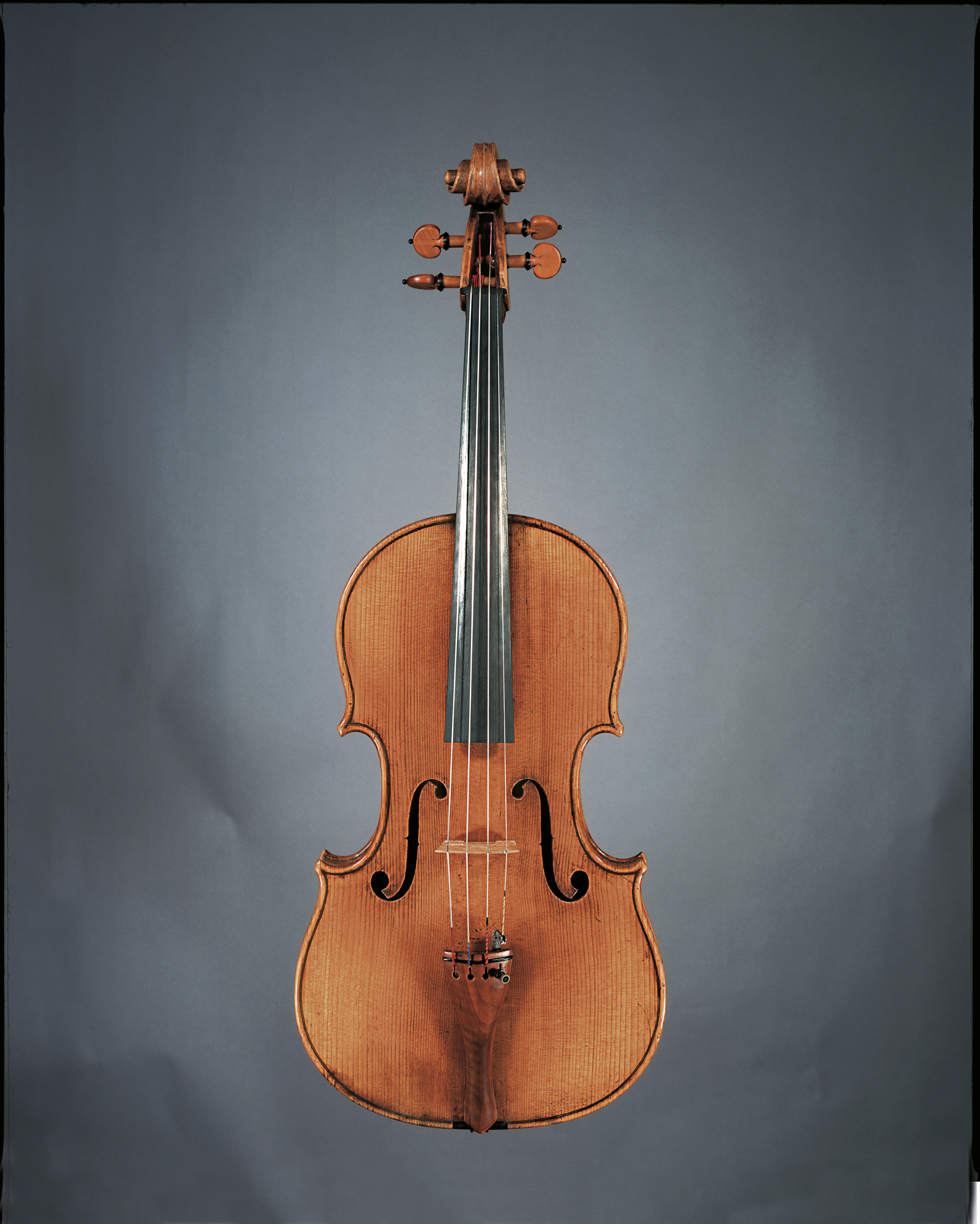
GUSTAV MAHLER
Viola 1672
The «Gustav Mahler» Viola, much like the Gibson Viola, is one of the most valuable instruments in the Stradivari Foundation Habisreutinger. On the existing 10 Stradivari violas it is the first instrument he made. The fact that he chose the dimensions of a contralto, smaller than the tenoraltos largely common at the time, is a great advantage for its present-day use, a kind of «signpost» to the distant future, so to speak.
The original interior form for the construction still exists today and is exhibited in Cremona, Italy. Its original label contains the rare misprint of his name - «Antonins» instead of Antonius Stradivari. This viola, from the Richard Bennet Collection, was on view in an exhibition in South Kensington, London, in 1872. It came into the Habisreutinger Collection on 7 July 1960, the 100th anniversary of Mahler's birth. The «Gustav Mahler» has a wonderful tone characterized by delicate smoothness even in high registers.
This instrument is currently played by --> Antoine Tamestit.
DE KERMADEC - BLÄSS
Violoncello 1698
The special feature of this instrument lies mainly in the choice of wood used in its construction. The back and sides are made of polar wood. Stradivari's quest to find the most suitable wood to perfect his instruments is evident in this cello and is one of the reasons for his future great success. This exceptional cello was owned by the Breton family De Kermadec for the best part of a century. It was later bought by the Perceveux family. From around 1900 until 1909 it belonged to Francis Touche, Solo-Cellist in Paris. The «De Kermadec-Bläss» has been in Switzerland since 1957 and was acquired by the Stradivari Foundation Habisreutingerin 1964.
This instrument is currently played by --> Anastasia Kobekina.
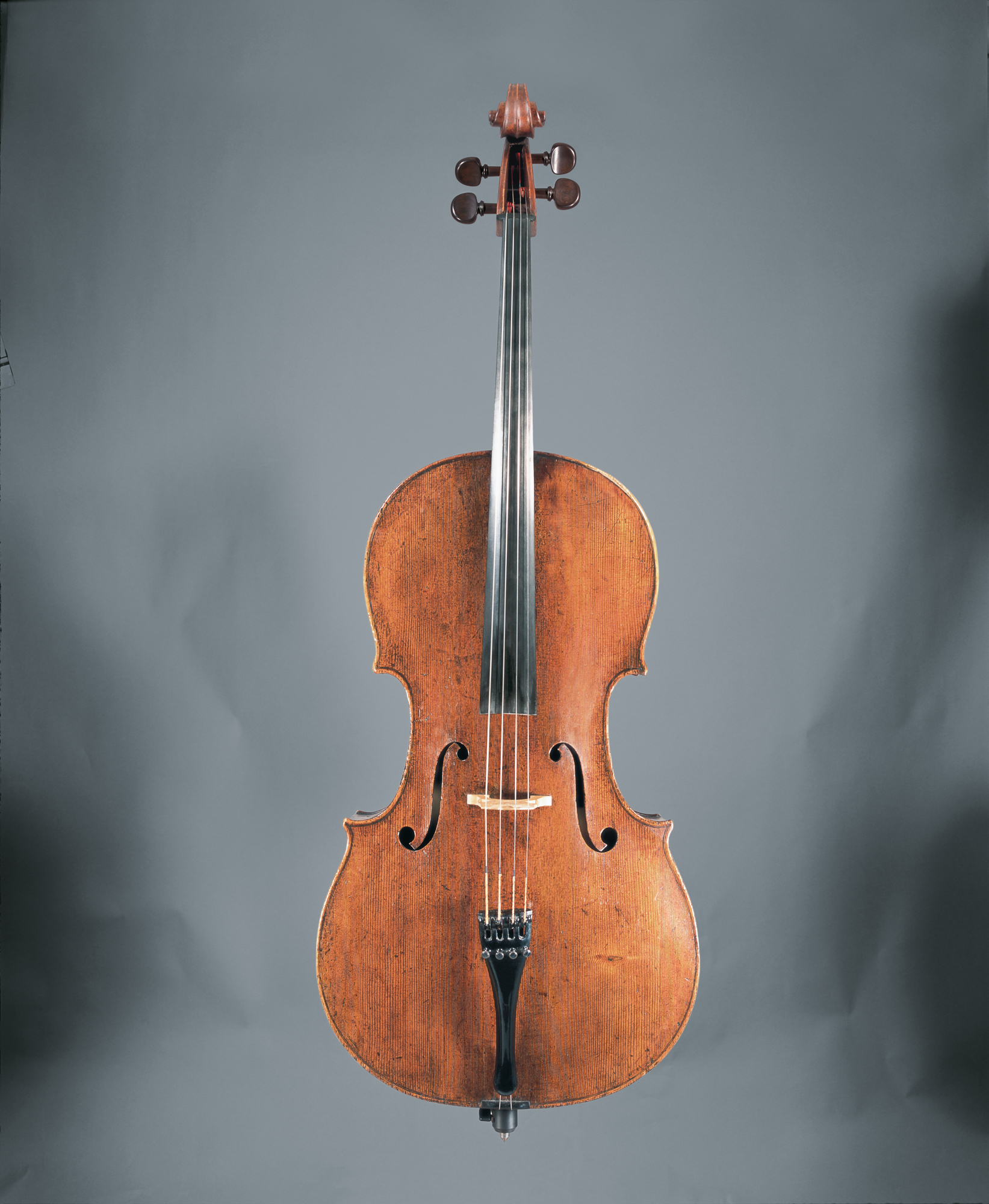
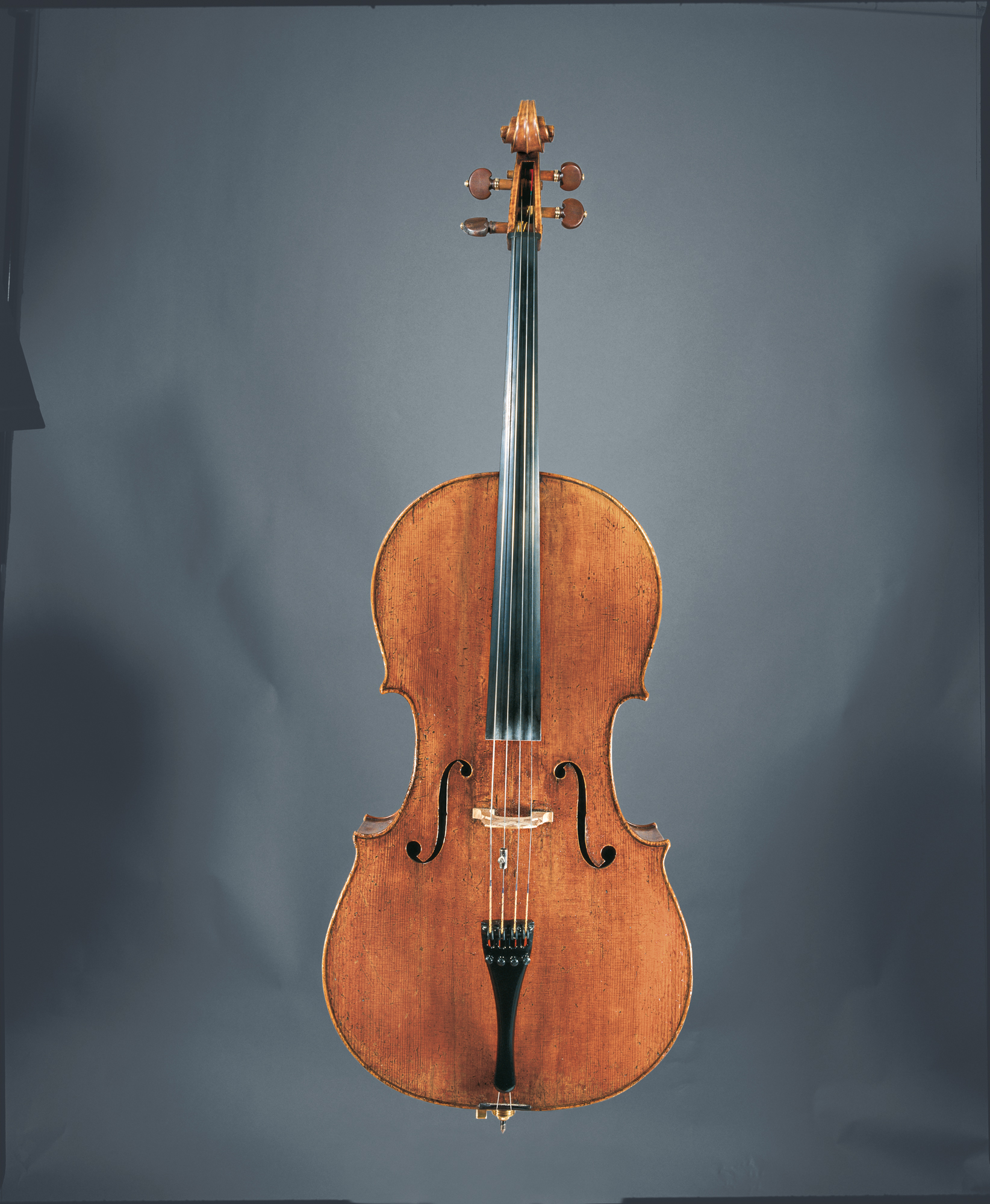
BONAMY DOBREE – SUGGIA
Violoncello 1717
The «Bonamy Dobree-Suggia» cello from the Golden Period is a phenomenal example of Stradivari's skill. The English cellist Hancock and the English academic Bonamy Dobree were its owners before the cellist Guilhermina Suggia acquired it through the Hill Brothers. Suggia, who had a relationship with Pablo Casals for a number of years, was painted with this cello in a portrait by Augustus John. The painting hangs in the Tate Gallery Millbank in London. After Guilhermina Suggia's death the cello was sold and the proceeds used to provide grants for students at the Royal College of Music. In terms of sound, the «Bonamy Dobree-Suggia» embodies a highlight in Stradivari's cellos. The instrument has been in the Stradivari Foundation Habisreutinger since 1964.
This instrument is currently played by --> Sol Gabetta.